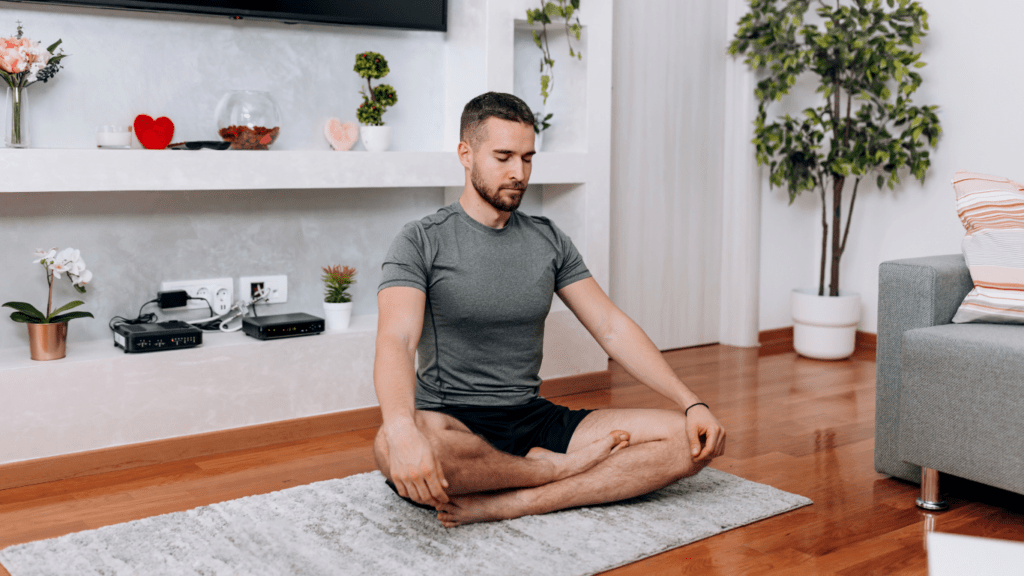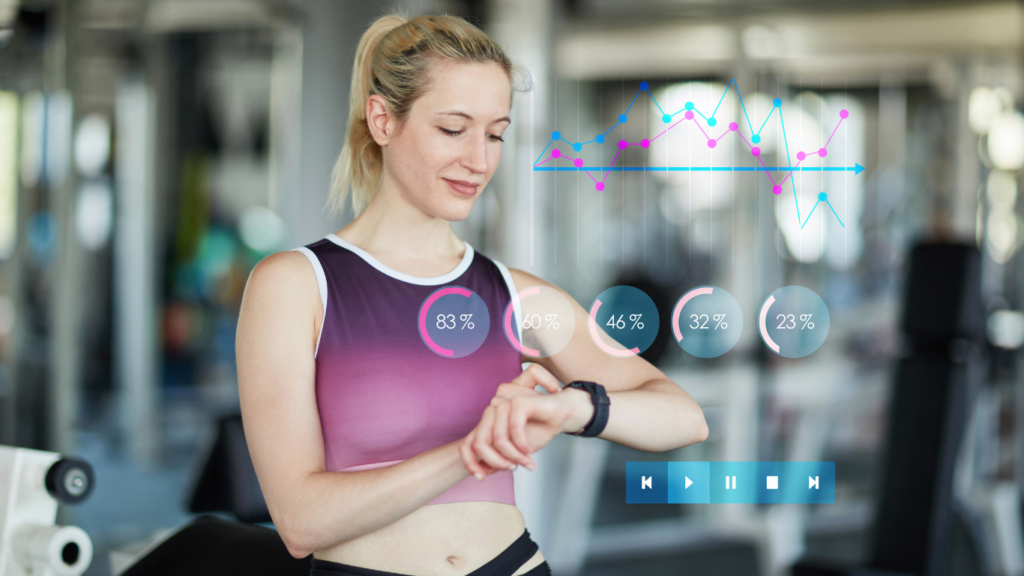The Importance Of Active Recovery For Biohackers
Active recovery supports optimal performance by reducing muscle soreness and improving circulation. It keeps the body engaged in low-intensity movement, which helps accelerate recovery without overexerting physical systems. For biohackers, this aligns with the goal of achieving peak efficiency through controlled inputs.
Energy resilience increases when active recovery methods such as:
- yoga
- walking
- swimming
are practiced. These activities enhance blood flow, ensuring oxygen and nutrients reach tissues for faster repair. Consistent active recovery reduces fatigue and enhances daily productivity, key priorities for biohackers striving for maximum output.
Stress reduction is another critical benefit. Scientifically backed techniques like deep breathing exercises trigger the parasympathetic nervous system. This response decreases cortisol levels, promoting relaxation and mental clarity while supporting recovery.
Improved mobility stands out as a valuable result of active recovery. Incorporating movement-based exercises like dynamic stretching improves flexibility and joint health. By preventing stiffness, biohackers can sustain long-term physical performance.
Data from fitness-recovery studies highlights the role of active recovery in injury prevention. Light activities lower inflammation and maintain muscular balance, reducing overuse injuries common with intense regimens.
Top Active Recovery Techniques Every Biohacker Needs

Active recovery is essential for sustainable performance and resilience. These techniques combine efficiency and evidence-backed methods to enhance recovery and optimize overall well-being.
1. Foam Rolling And Myofascial Release
Foam rolling targets muscle tightness by improving tissue flexibility and blood flow. I use it post-workout to reduce soreness and aid muscle recovery. Applying pressure to areas like the calves, quads, and back releases muscle knots and promotes relaxation. Studies show myofascial release can decrease delayed onset muscle soreness (DOMS) by up to 40%.
2. Contrast Therapy
Contrast therapy alternates hot and cold exposure to stimulate circulation and reduce inflammation. I often use it after intense training sessions. Heat encourages blood vessel dilation, promoting nutrient delivery, while cold exposure minimizes swelling and numbs pain. Research indicates this technique accelerates recovery by improving vascular function and energy restoration.
3. Dynamic Stretching
Dynamic stretching uses controlled movements to improve range of motion and muscle temperature. I integrate exercises like leg swings, arm circles, and walking lunges into my routine to prepare my body for activity or recover post-workout. Evidence suggests dynamic stretching increases flexibility and reduces the risk of injuries over time.
4. Meditation And Breathwork
Meditation and breathwork focus on mental recovery by lowering cortisol levels and enhancing relaxation. I practice deep diaphragmatic breathing for 10–15 minutes daily, which reduces stress and improves mental clarity. Scientific studies highlight that meditation can lower stress by up to 20%, making it a valuable tool for biohackers aiming to balance performance and recovery.
5. Cold Immersion Therapy
Cold immersion therapy immerses the body in cold water to trigger recovery responses. I use ice baths or cryotherapy sessions to reduce muscle inflammation and boost circulation. Exposure to temperatures below 55°F activates thermogenesis, which aids both recovery and metabolic efficiency. Peer-reviewed research states that cold immersion can decrease muscle soreness by 30% within 24 hours.
Enhancing Recovery Through Technology
Technology plays a pivotal role in accelerating active recovery and providing detailed insights into physical and mental well-being. Using advancements in wearable devices and mobile applications, I can track, optimize, and elevate recovery outcomes.
Wearable Recovery Devices
- Wearable devices efficiently monitor recovery metrics, such as heart rate variability (HRV), sleep quality, and muscle activity.
- Devices like WHOOP and Oura Ring provide real-time feedback on stress levels and recovery readiness. For instance, WHOOP tracks strain levels and sleep patterns to recommend rest strategies, while the Oura Ring evaluates sleep efficiency and body temperature to optimize recovery cycles.
- Compression wearables aid muscle recovery by enhancing blood circulation and reducing swelling.
- Products like NormaTec use pneumatic compression to deliver targeted pressure therapy, which alleviates soreness post-exercise.
- These devices are easy to integrate into routines, offering both personalized data and recovery support.
Recovery Apps
Recovery apps deliver guided exercises and tailored sessions that combine mental and physical approaches. Apps like StretchIt and Hyperice provide stretching protocols, foam rolling tutorials, and movement exercises to improve flexibility and reduce stiffness. These guided routines align with specific recovery goals, ensuring consistent progress.
Sleep and stress management apps, including Calm and Headspace, assist in recovery by promoting relaxation and mental clarity. They include mindfulness exercises, breathing techniques, and sleep-tracking features to enhance overall recovery. Pairing these apps with wearable data can create a comprehensive recovery plan tailored to individual needs.
Nutrition’s Role In Active Recovery
Nutrition directly impacts recovery by fueling the body and aiding repair processes. Strategic food choices accelerate recovery, reduce soreness, and optimize energy levels.
Anti-Inflammatory Foods
Anti-inflammatory foods enhance the body’s ability to recover after physical activity. I integrate foods like berries, spinach, and kale—rich in antioxidants—to combat oxidative stress. Omega-3 sources like salmon, walnuts, and flaxseeds reduce inflammation and support joint health. Turmeric, containing curcumin, helps minimize muscle inflammation and fosters mobility, while ginger enhances blood flow and mitigates soreness. Including these foods strengthens recovery and promotes long-term resilience.
Timing And Meal Composition
Proper meal timing supports muscle repair and energy replenishment. After intense activity, I focus on consuming a combination of protein and carbohydrates within 60 minutes. For instance, lean proteins like chicken or tofu paired with quinoa or sweet potatoes provide essential amino acids and glycogen replenishment. Balanced meals, including healthy fats such as avocados or olive oil, sustain recovery throughout the day. By spacing nutrient-dense meals every 3-4 hours, I maintain nutrient availability and steady muscle recovery.




